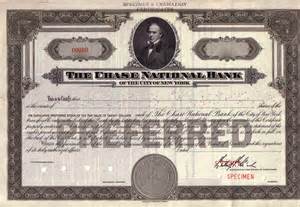Regular readers know that I invest mostly for growth. Our long positions via common stocks, ETFs and equity mutual funds represent the growth side. I think of this as unfurling the sails when the wind is most favorable.
But to remain upright as the wind picks up, every good ship needs ballast. That’s where our preferred shares, floating rate bond funds and smart beta holdings come in. Only, capturing the wind can be dangerous when it blows too hard.
Most investors buy preferred shares because they pay a better dividend than most other investments of similar quality. They recognize as well that dividends paid to preferred shareholders are typically paid before common shareholders can receive dividends, and that preferreds are senior to common shares in a company’s capital structure. They also understand that preferred shares purchased below par with a high coupon rate might also be called early, provided a nice capital gain. (The excellent website quantumonline.com has all this information in an easily understood format.)

What many do not know, however, is that some preferreds have interest rates than can be reset.
One argument against preferreds, and nearly every other type of income, is that they tend to decline in value as rates rise. But while preferreds can be issued in many different denominations – $25, $50, $100 are the most often individual investors see – they are also issued, often as private placements to large institutional investors, in denominations of $1000. And these are most often the preferreds that rest in favor of the holder as interest rates rise.
Some companies which have issued these preferreds, which are often classified as FRNs (floating rate notes) because of their reset feature, are General Electric (NYSE:GE), Wells Fargo (NYSE:WFC), Goldman Sachs (NYSE:GS) and JPMorgan (JPM.) Banks are big issuers of institutional preferred and, as the beneficiaries of rising rates, know they can sweeten their offerings by offering resets as rates rise.













Leave A Comment